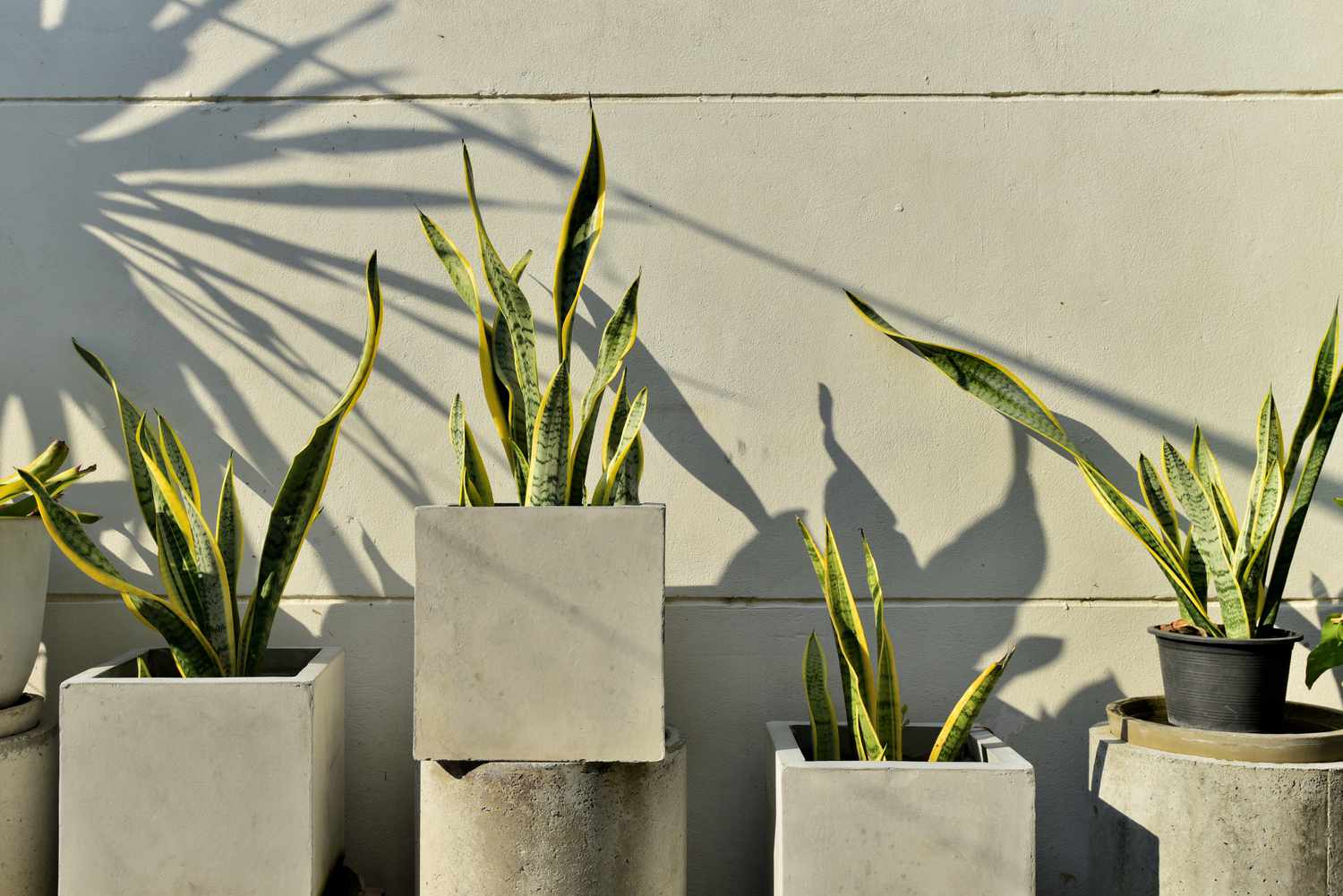
Snake plants, known for their striking appearance and resilience, are popular choices for indoor plant enthusiasts. However, when their leaves start to fold or droop, it can be a cause for concern. In this article, we delve into the various factors that may contribute to folding snake plant leaves, from environmental conditions to pests and diseases, offering insights and solutions to help you maintain the health and vitality of your beloved houseplant.
I. Introduction
Snake plants, also known as Sansevieria, are cherished for their architectural foliage and low-maintenance nature, making them ideal additions to homes and offices alike. Despite their reputation for being hardy and adaptable, snake plants may exhibit signs of distress, such as folding or drooping leaves, which can leave caretakers puzzled and worried. Understanding the underlying causes of these symptoms is essential for addressing the issue effectively and restoring your plant to optimal health.
II. Environmental Factors
Lighting Conditions
One of the most critical environmental factors affecting snake plants is lighting. While they can tolerate low light conditions, insufficient light may result in weak, floppy leaves that are prone to folding. On the other hand, too much direct sunlight can scorch the leaves and cause them to curl or collapse.
Temperature and Humidity
Snake plants prefer temperatures ranging from 60°F to 85°F (15°C to 29°C) and are tolerant of low humidity environments. However, prolonged exposure to cold drafts or excessively dry air can lead to stress and leaf folding.
Air Circulation and Ventilation
Proper air circulation is essential for maintaining healthy foliage and preventing issues like leaf folding. Stagnant air can trap moisture around the plant, creating an environment conducive to fungal diseases and pest infestations. Adequate ventilation helps to promote transpiration and prevent excess humidity buildup.
III. Watering and Soil Conditions
Overwatering vs. Underwatering
Improper watering is a common cause of leaf folding in snake plants. Overwatering can lead to root rot and suffocate the roots, while underwatering can result in drought stress and wilting leaves. Finding the right balance is key to maintaining healthy soil moisture levels.
Soil Composition and Drainage
Snake plants require well-draining soil to prevent waterlogged conditions that can lead to root rot. A sandy, succulent mix that allows excess water to drain freely is ideal. Compacted or poorly aerated soil can restrict root growth and impede nutrient uptake, resulting in leaf abnormalities.
Frequency and Method of Watering
Establishing a consistent watering routine is essential for snake plant care. Water thoroughly until excess moisture drains from the bottom of the pot, then allow the soil to dry out partially before watering again. Avoiding waterlogged conditions helps prevent root suffocation and maintains healthy root function.
IV. Pests and Diseases
Common Pests Affecting Snake Plants
Snake plants are generally resistant to pests, but they can still fall victim to common houseplant invaders such as spider mites, mealybugs, and scale insects. These pests feed on plant sap and can cause damage to leaves, stems, and roots, leading to leaf folding and other symptoms of distress.
Fungal and Bacterial Infections
Fungal diseases like root rot and bacterial infections like leaf spot can also contribute to leaf folding in snake plants. These pathogens thrive in moist, poorly ventilated environments and can quickly spread throughout the plant if left unchecked. Early detection and intervention are crucial for preventing severe damage.
Preventative Measures and Treatment Options
Maintaining good hygiene practices and regularly inspecting your snake plant for signs of pests and diseases can help prevent issues before they escalate. If an infestation or infection does occur, there are various natural and chemical solutions available for controlling pests and treating plant diseases. Additionally, cultural practices such as proper watering and soil management can help strengthen your plant’s natural defenses against stressors.
V. Cultural Practices and Care Tips
Repotting and Root Health
Regular repotting allows you to refresh the soil and assess the health of your snake plant’s roots. If the roots are overcrowded or showing signs of rot, it may be time to repot into a larger container with fresh soil. Be sure to inspect the roots carefully and trim away any damaged or diseased sections before repotting.
Fertilization and Nutrient Management
Snake plants have relatively low nutrient requirements and can thrive with minimal fertilization. However, providing a balanced fertilizer during the growing season can support healthy growth and foliage production. Avoid overfertilizing, as this can lead to fertilizer burn and nutrient imbalances.
Pruning and Grooming
Regular pruning helps to remove dead or damaged leaves and promote new growth. Use clean, sharp scissors or pruning shears to trim away any discolored or wilted leaves, making sure to cut at an angle to prevent water from pooling on the cut surface. Grooming your snake plant regularly not only improves its appearance but also enhances air circulation around the foliage, reducing the risk of leaf folding and disease development.
In conclusion, leaf folding in snake plants can be caused by a variety of factors, including environmental conditions, watering practices, pests, and diseases. By understanding the potential causes and implementing appropriate solutions, you can help your snake plant thrive and maintain its beauty for years to come. Remember to observe your plant closely, adjust care routines as needed, and seek professional advice if you encounter persistent issues. With proper attention and care, your snake plant will continue to delight you with its striking foliage and enduring resilience.


